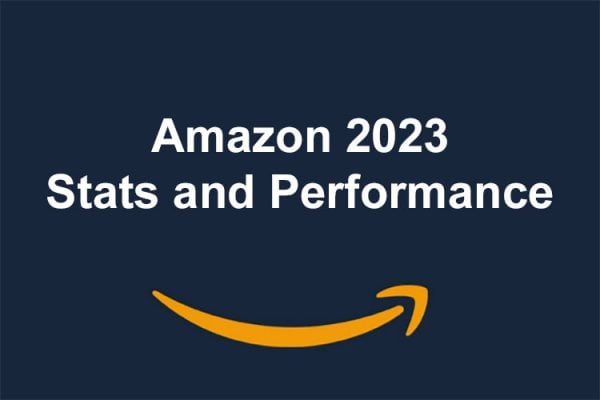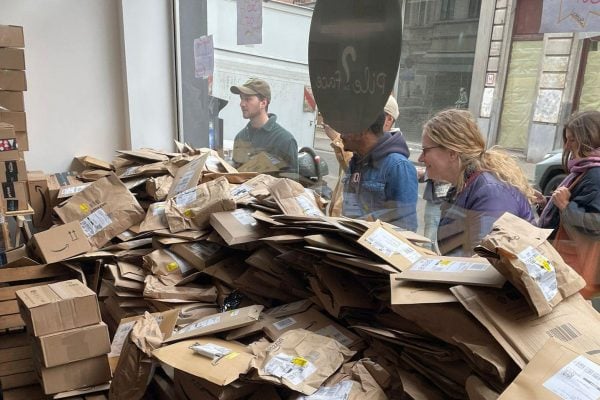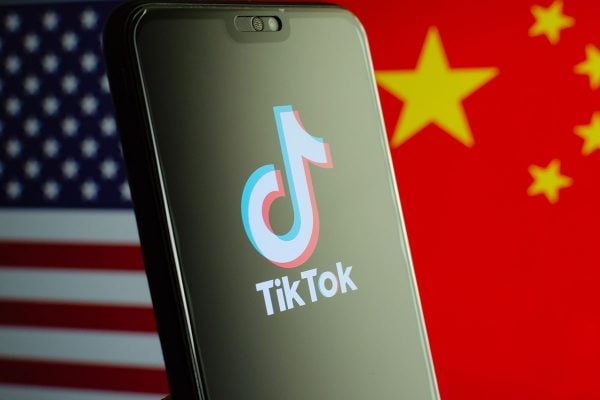 Following the recent launch of AmazonFresh on the 9th June, 2016, less than a month later Amazon have announced the expansion of AmazonFresh to customers in an additional 59 North, East and South London postcodes.
Following the recent launch of AmazonFresh on the 9th June, 2016, less than a month later Amazon have announced the expansion of AmazonFresh to customers in an additional 59 North, East and South London postcodes.
This brings the total number of London postcodes served to 128 (see below for the full list).
There are over 130,000 competitively priced products available through Amazon Fresh, including some of Britain’s best-loved brands. Much of the inventory comes from Morrisons but brands such as Coca-Cola, Kellogg’s, Danone, Warburtons, Walkers, Yeo Valley are all available as are local London independents.
One-hour delivery slots are available for Amazon Fresh orders, from 7am to 11pm, seven days a week, with same-day delivery available from 5pm for orders placed by 1pm. You’ll have to be an Amazon Prime customer to sigh up to Amazon Fresh and after a free trial it’ll cost you an additional £6.99 per month on top of your annual £79 Prime membership. From then on you get unlimited free deliveries for orders over £40 and a £4 delivery charge for orders under £40.
The very first AmazonFresh order included Simply Chicken Skinless Breast Fillets, Growers Pride Mango, Farm Folk Thai Basil and Maynards Bassetts Wine Gums. It was ordered at 8.13am and delivered at 5.02pm to an address in EC1. Since launch, AmazonFresh customers in E14, N1 and EC1 have made the most orders with the most popular delivery window being 5pm to 6pm.
The main benefit of Amazon Fresh is that you can order at lunch time with delivery in time for your evening meal or dinner party. That’s something that none of the traditional supermarkets can offer. They have have stores, a larger inventory of products and the convenience of 24 hour opening, but they still can’t deliver as fast as Amazon.
Delivery and convenience along with competitive pricing and service second to none have always been Amazon’s USP. It looks like if they’re going to win in the grocery market it’ll be because customers value these benefits more than having loyalty to their normal supermarket.
Postcodes Eligible for AmazonFresh
DA5-8, DA14-18
E1, E1W, E3-18, E20, EC1A, EC1M, EC1N, EC1R, EC1V, EC1Y, EC2A, EC2M, EC2N, EC2P, EC2R, EC2V, EC2Y, EC3A, EC3M, EC3N, EC3P, EC3R, EC3V, EC4A, EC4M, EC4N, EC4P, EC4R, EC4V, EC4Y
IG1-5, IG11
N1, N5, N7, N10, N11, N13, N15-19. N20, N21, N22, NW1, NW3, NW5, NW8
RM8-10, RM13
SE2-4, SE7-10, SE12-16, SE18
W1A, W1B, W1C, W1D, W1F, W1G, W1H, W1J, W1K, W1S, W1T, W1U, W1W, WC1A, WC1B, WC1E, WC1H, WC1N, WC1R, WC1V, WC1X, WC2A, WC2B, WC2E, WC2H, WC2N, WC2R










One Response
Think the other aspect of competition that Amazon have in London is the sheer number and variety of stores and supermarkets. I live within a typical London postcode and have; a Co-Op, and ‘corner shop’ that sells all essentials within a 5 minute walk (including finding wallet and door keys). 5 mins by car; Lidle, 24 hour Tescos (with taxi rank), Sainsburys, and a big Nisa. If have been at the whiskey bottle, buses run every ten minutes most of the day and evening to Tescos, Sainsburys (and others), if its past 1 am and before 5am the night bus runs every 30 mins.
If venture around 10/15 minutes by car there are more supermarkets some 24 hours, more convenience stores (also some 24 hours), more take-aways than you can shake a stick at, specialist stores such as Korean, Thai, Indian, a big Chinese food wholesaler (open to public) etc etc. Guessing they will have a tough job on their hands competing with this lot, unless people just don’t want to go outside of their home.